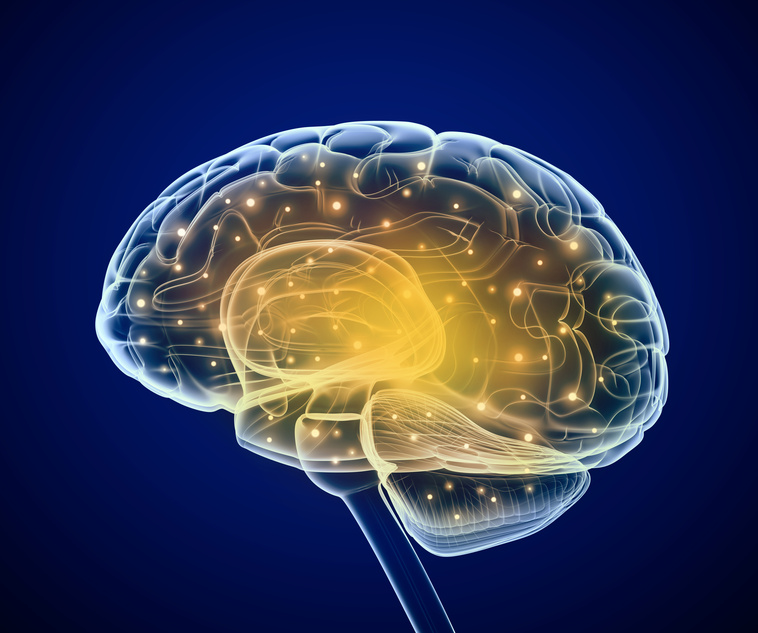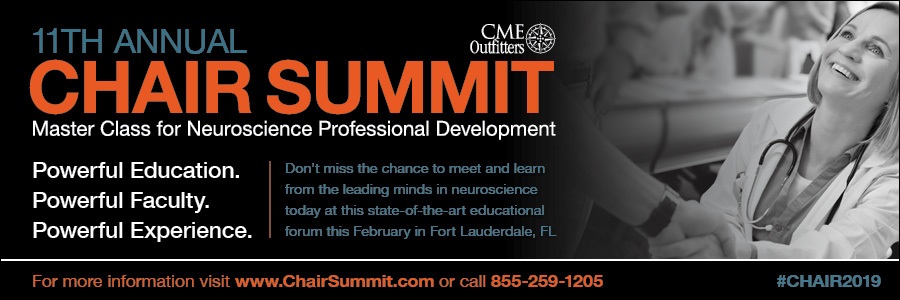
Dr. Mark Gold’s Research You Can Use
A recent study, published in Biological Psychiatry, identified a critical role of the orexin system in the expression of an addicted state in rats. This work may help bridge the gap between addiction to drugs and eating disorders.
The orexin system and its importance
The orexin system comprises of hypothalamic neuropeptides that are understood to play an essential role in the regulation of sleep, feeding behaviors, energy homeostasis, reward systems, arousal states, cognition, and mood. While this is a very important system, it is not well understood.
The hypothalamic orexin system has emerged as a potential target for pharmacotherapies to treat addiction as evidence has indicated the underlying role played by lateral hypothalamus orexin cells in drug-seeking behavioral tendencies. These particular orexin cells are particularly activated by cocaine-associated or morphine-associated stimuli, and such stimulation drives the cravings to consume more drugs. Contrarily, the dorsomedial hypothalamus and perifornical hypothalamus orexin neurons were found to be activated by stress, waking or general arousal.
The study
 The study, performed by researchers at Rutgers University, New Jersey, was conducted in cocaine-addicted rats.
The study, performed by researchers at Rutgers University, New Jersey, was conducted in cocaine-addicted rats.
The researchers reported long-lasting escalations in the number of neurons that produce orexin as part of the cocaine addiction brain change process. This is an exciting finding as these increases may be at the very root of addiction.
Behavioral economics tasks were utilized to measure the fluctuations in cocaine demand and track To better understand the role of orexin signaling, first author Morgan James, PhD, and colleagues discovered that replicating the typical binge-like pattern of drug consumption produced a model that was a far better representative of addiction in humans than the “gold standard” of continuous access to drugs in laboratory rats.
Various addiction endophenotypes, relevant to DSM-5, were also assessed, which included escalation of consumption, compulsive response to cocaine, relapse, incubation of craving and resultant negative emotional states following from abstinence.
Even though pharmacological studies have supported the role played by the orexin system in drug-seeking, it is important to realize that these behavioral and plasticity studies have almost exclusively utilized limited access models or drug self-administration that have failed to summarize the pathological drug-seeking or drug-consumption in human addicts. Moreover, these studies had focused on single addiction endophenotypes, ignoring the complexed addicted state defined by disordered and pathological drug-seeking.
This is particularly important in the face of the transition from experimental to occasional drug use to an addicted state in humans. In order to create this addiction-like phenotype, laboratory rats were often allowed unrestricted access to cocaine over long periods of time. Recent research, however, has highlighted that the pattern of drug use, instead of the amount of drug intake, may play a more relevant role for addiction in humans.
 This spiking pattern was replicated in rats through intermittent access to cocaine on a daily basis.
This spiking pattern was replicated in rats through intermittent access to cocaine on a daily basis.
Such patterns of drug use were noticed to elicit cocaine demonstrated behaviors in rats identical to that in humans: greater motivation for cocaine despite painful shocks preceding access to the drug, depressive symptoms, anxiety-like behaviors and ‘relapse’ after several months of abstinence.
“Remarkably, these ‘addicted’ rats had a more significant number of brain cells that produce the neuropeptide orexin,” stated Dr. James. The increased number of neurons, or plasticity, persisted, lasting for at least six months post cocaine use, which Dr. James said might explain why addicts often relapse following long periods of abstinence.
“The addicted brain appears to become more dependent upon this increased number of orexin neurons,” said Dr. Gary Aston-Jones, a pioneering researcher and the study’s senior author. “Lower doses of an orexin blocker were effective at decreasing addiction behaviors in these rats than in those with shorter access to cocaine and that were less addicted.
Why is this important?
These findings have helped identify a potential source for treating addiction with orexin-based therapies. Drugs targeting orexin signaling are already being developed for sleep disorders and eating disorders. “The development of a growing array of drugs targeting orexin signaling creates new opportunities to test new medications for the treatment of addiction,” said John Krystal, MD, Editor of Biological Psychiatry.
A chemical messenger in the brain, Dopamine, and the reward center of the brain has long ruled as the main focus when it comes to talking about addiction. Viewing the complex addiction process as being facilitated by a single neurotransmitter in a specific brain region is highly inaccurate. This discovery of the underlying role played by the orexin system helps further simplify the understanding of the addiction process and development of effective treatments for addiction.
References:
1. https://www.ncbi.nlm.nih.gov/pmc/articles/PMC5450021/
2. https://www.ncbi.nlm.nih.gov/pubmed/30219208
3. https://www.elsevier.com/about/press-releases/research-and-journals/cocaine-addiction-traced-to-increase-in-number-of-orexin-neurons
About the Author:
 Mark S. Gold, M.D. served as Professor, the Donald Dizney Eminent Scholar, Distinguished Professor and Chair of Psychiatry from 1990-2014. Dr. Gold was the first Faculty from the College of Medicine to be selected as a University-wide Distinguished Alumni Professor and served as the 17th University of Florida’s Distinguished Alumni Professor.
Mark S. Gold, M.D. served as Professor, the Donald Dizney Eminent Scholar, Distinguished Professor and Chair of Psychiatry from 1990-2014. Dr. Gold was the first Faculty from the College of Medicine to be selected as a University-wide Distinguished Alumni Professor and served as the 17th University of Florida’s Distinguished Alumni Professor.
Learn more about Mark S. Gold, MD
About the Transcript Editor:
 A journalist and social media savvy content writer with extensive research, print and on-air interview skills, Sana Ahmed has previously worked as staff writer for a renowned rehabilitation institute, a content writer for a marketing agency, an editor for a business magazine and been an on-air news broadcaster.
A journalist and social media savvy content writer with extensive research, print and on-air interview skills, Sana Ahmed has previously worked as staff writer for a renowned rehabilitation institute, a content writer for a marketing agency, an editor for a business magazine and been an on-air news broadcaster.
Sana graduated with a Bachelors in Economics and Management from London School of Economics and began a career of research and writing right after. Her recent work has largely been focused upon mental health and addiction recovery.
The opinions and views of our guest contributors are shared to provide a broad perspective of addictions. These are not necessarily the views of Addiction Hope, but an effort to offer a discussion of various issues by different concerned individuals.
We at Addiction Hope understand that addictions result from multiple physical, emotional, environmental and genetic factors. If you or a loved one are suffering from an addiction, please know that there is hope for you, and seek immediate professional help.
Published on November 30, 2018
Reviewed by Jacquelyn Ekern, MS, LPC on November 30, 2018
Published on AddictionHope.com

